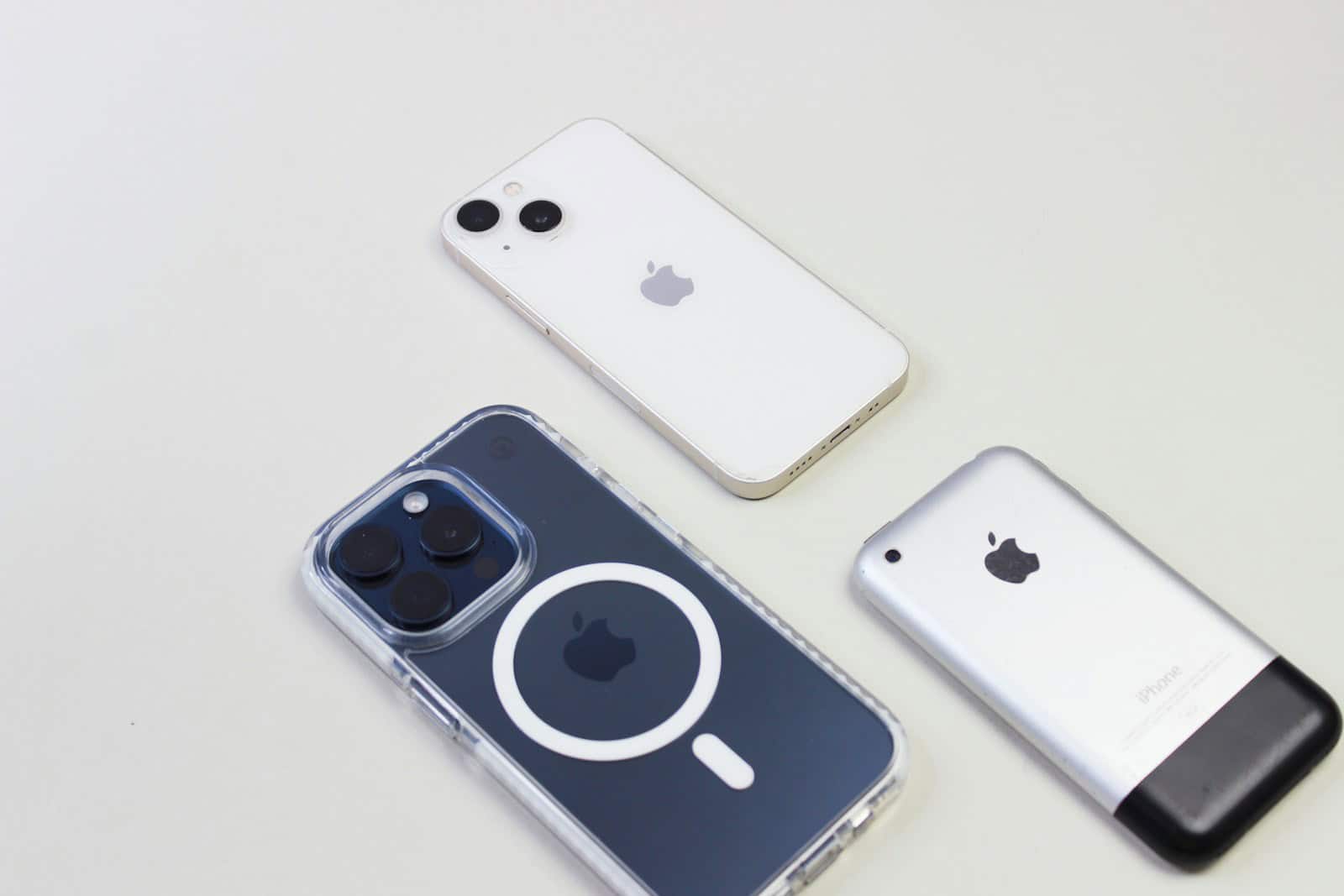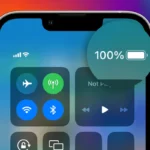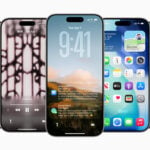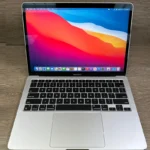Since it launched in 2007, the iPhone has played a big role in changing the mobile technology industry. With each new model, Apple adds innovative features that set new standards and shape what users expect. Keeping track of all the models can be tough, but a complete list of iPhone generations helps us see how they have evolved.
From the first iPhone to the latest iPhone 16 and 16e, Apple has improved the design over time. Each version has better performance and new features, showing Apple’s commitment to quality and its impact on the industry. The timeline of the iPhone shows how smartphones have adapted to what users need and why these devices are now a part of everyday life.
It also shows how Apple has responded to market trends and user demands to stay a top player in the industry. This evolution highlights the importance of design and technology in creating a product that appeals to consumers worldwide.
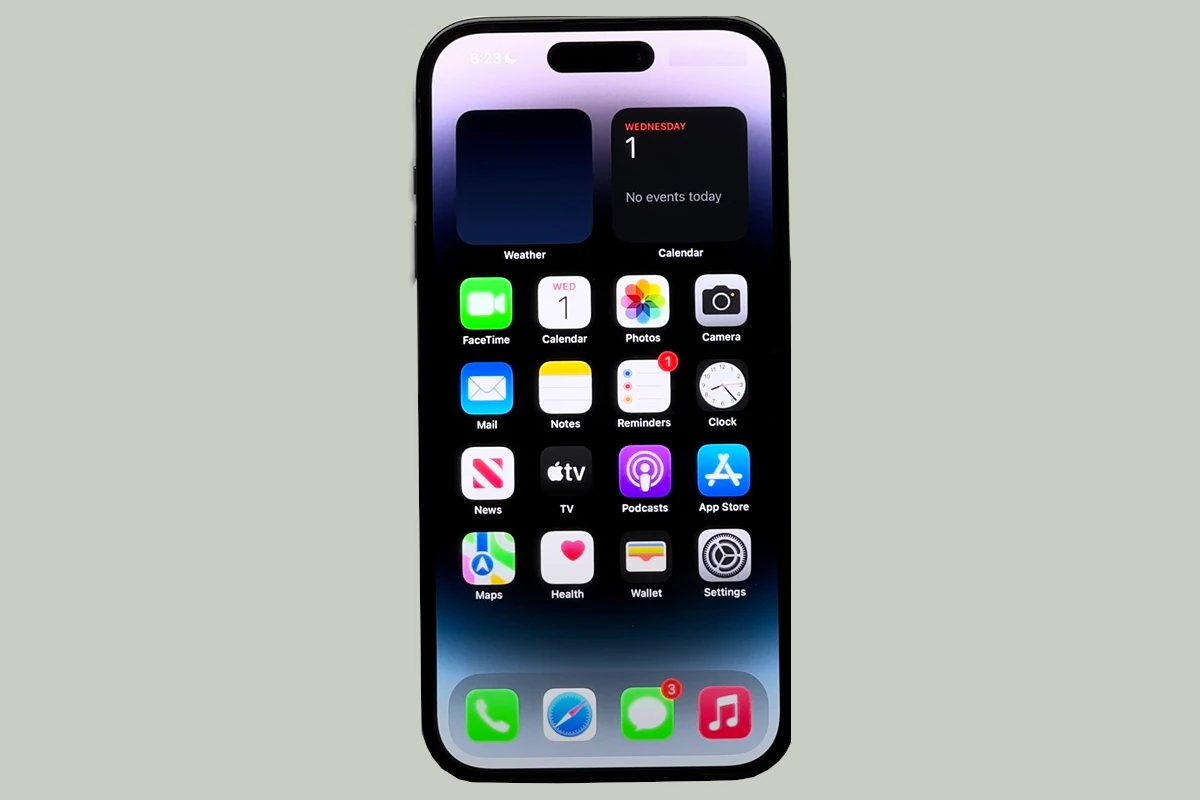
iPhone Models with their Release Dates
| Model | Release Date | New Features |
|---|---|---|
| iPhone | June 29, 2007 | First iPhone, 3.5″ screen, multi-touch interface, no app store |
| iPhone 3G | July 11, 2008 | 3G network support, App Store, GPS |
| iPhone 3GS | June 19, 2009 | Faster processor, video recording, voice control |
| iPhone 4 | June 24, 2010 | Retina display, new design with glass back, front-facing camera, FaceTime |
| iPhone 4s | October 14, 2011 | Siri, better camera, dual-core processor |
| iPhone 5 | September 21, 2012 | Larger 4″ screen, Lightning port, LTE network support |
| iPhone 5c | September 20, 2013 | Colorful plastic body, similar hardware to iPhone 5 |
| iPhone 5s | September 20, 2013 | Touch ID fingerprint sensor, A7 chip, M7 motion co-processor |
| iPhone 6 / 6 Plus | September 19, 2014 | Larger 4.7″ and 5.5″ displays, Apple Pay support, NFC |
| iPhone 6s / 6s Plus | September 25, 2015 | 3D Touch, improved camera, Live Photos, faster processor |
| iPhone SE (1st) | March 31, 2016 | Smaller 4″ display, A9 processor, similar to iPhone 6s features |
| iPhone 7 / 7 Plus | September 16, 2016 | No headphone jack, water resistance, dual-camera system (Plus), stereo speakers |
| iPhone 8 / 8 Plus | September 22, 2017 | Wireless charging, True Tone display, improved camera |
| iPhone X | November 3, 2017 | OLED display, Face ID, edge-to-edge design, no Home button |
| iPhone XS / XS Max | September 21, 2018 | Improved processor, larger XS Max display, better water resistance |
| iPhone XR | October 26, 2018 | LCD display, Face ID, lower-cost alternative to XS series |
| iPhone 11 | September 20, 2019 | Dual-camera system, Night Mode, improved battery life |
| iPhone 11 Pro / Max | September 20, 2019 | Triple-camera system, Super Retina XDR display, improved water resistance |
| iPhone SE (2nd) | April 24, 2020 | A13 processor, Touch ID, similar to iPhone 8 design |
| iPhone 12 | October 23, 2020 | 5G support, MagSafe accessories, OLED display |
| iPhone 12 Mini | November 13, 2020 | Smaller form factor, similar to iPhone 12 features |
| iPhone 12 Pro | October 23, 2020 | LiDAR scanner, enhanced camera system, improved display |
| iPhone 12 Pro Max | November 13, 2020 | Largest display, improved camera with sensor-shift stabilization |
| iPhone 13 / 13 Mini | September 24, 2021 | Improved battery life, A15 processor, Cinematic mode for video |
| iPhone 13 Pro / Max | September 24, 2021 | ProMotion 120Hz display, improved camera system, larger battery |
| iPhone SE (3rd) | March 18, 2022 | 5G support, A15 processor, Touch ID |
| iPhone 14 | September 16, 2022 | Emergency SOS via satellite, Crash Detection, improved battery |
| iPhone 14 Plus | October 7, 2022 | Larger display than iPhone 14, similar features |
| iPhone 14 Pro / Max | September 16, 2022 | Dynamic Island, always-on display, 48MP camera |
| iPhone 15 / Plus | September 22, 2023 | USB-C port, Dynamic Island for all models, improved camera system |
| iPhone 15 Pro / Max | September 22, 2023 | Titanium frame, A17 Pro chip, 5x optical zoom (Max) |
| iPhone 16 / Plus | September 20, 2024 | Super Retina XDR display respectively, A18 Bionic chip, dual-camera system with a 48MP Main and 12MP Ultra Wide lens. |
| iPhone 16 Pro / Max | September 20, 2024 | ProMotion display, A18 Pro chip, triple-camera setup including a 48MP Main, 12MP Ultra Wide, and 12MP Telephoto lens. |
| iPhone 16e | February 28, 2025 | Budget iPhone 16 series, replaces the iPhone SE series |
Every iPhone Release In Chronological Order
- iPhone (2007)
- iPhone 3G (2008)
- iPhone 3GS (2009)
- iPhone 4 (2010)
- iPhone 4S (2011)
- iPhone 5 (2012)
- iPhone 5C (2013)
- iPhone 5S (2013)
- iPhone 6 (2014)
- iPhone 6 Plus (2014)
- iPhone 6S (2015)
- iPhone 6S Plus (2015)
- iPhone SE (1st generation) (2016)
- iPhone 7 (2016)
- iPhone 7 Plus (2016)
- iPhone 8 (2017)
- iPhone 8 Plus (2017)
- iPhone X (2017)
- iPhone XS (2018)
- iPhone XS Max (2018)
- iPhone XR (2018)
- iPhone 11 (2019)
- iPhone 11 Pro (2019)
- iPhone 11 Pro Max (2019)
- iPhone SE (2nd generation) (2020)
- iPhone 12 mini (2020)
- iPhone 12 (2020)
- iPhone 12 Pro (2020)
- iPhone 12 Pro Max (2020)
- iPhone 13 mini (2021)
- iPhone 13 (2021)
- iPhone 13 Pro (2021)
- iPhone 13 Pro Max (2021)
- iPhone SE (3rd generation) (2022)
- iPhone 14 (2022)
- iPhone 14 Plus (2022)
- iPhone 14 Pro (2022)
- iPhone 14 Pro Max (2022)
- iPhone 15 (2023)
- iPhone 15 Plus (2023)
- iPhone 15 Pro (2023)
- iPhone 15 Pro Max (2023)
- iPhone 16 (2024)
- iPhone 16 Plus (2024)
- iPhone 16 Pro (2024)
- iPhone 16 Pro Max (2024)
- iPhone 16e (2025)
A Journey Through iPhone History
The iPhone has revolutionized the way we communicate, work, and play. Each new generation has brought innovative features, design changes, and technological advancements. Let’s take a trip down memory lane and explore the evolution of Apple’s iconic smartphone.
2007: The Original iPhone
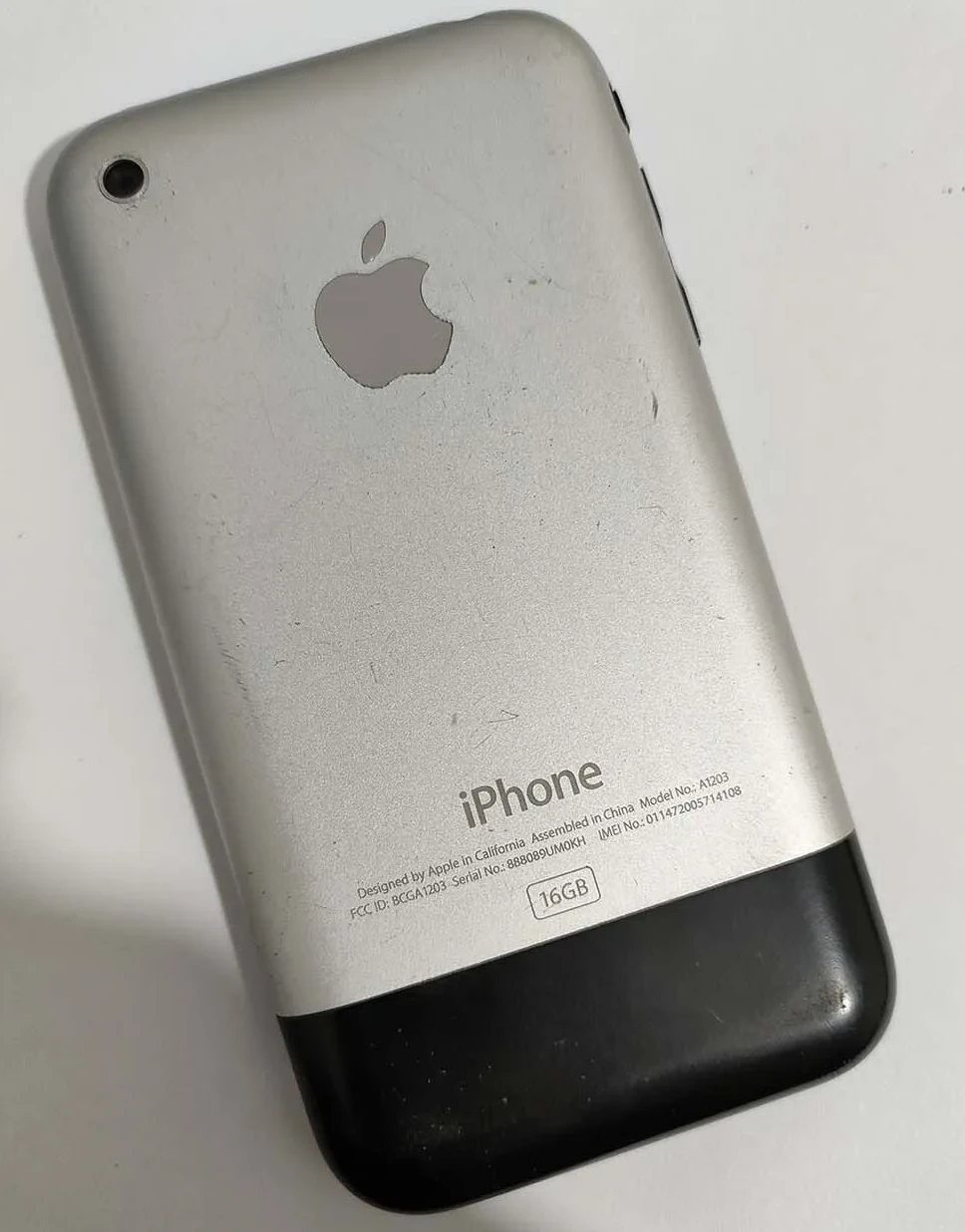
The first iPhone was a groundbreaking device, combining a phone, iPod, and internet communicator into one sleek package. It featured a 3.5-inch touchscreen, a 2-megapixel camera, and ran on iOS 1.
2008: iPhone 3G
The iPhone 3G introduced 3G connectivity for faster internet speeds, along with GPS and a new, curvier design. It was also the first iPhone to support third-party apps through the App Store.
2009: iPhone 3GS
The iPhone 3GS was all about speed and performance. It boasted a faster processor, a better camera with video recording capabilities, and voice control.
2010: iPhone 4
The iPhone 4 marked a significant design shift with its flat edges and glass back. It also introduced a higher-resolution “Retina” display, a front-facing camera, and FaceTime video calling.
2011: iPhone 4S
The iPhone 4S debuted Siri, Apple’s voice assistant, along with a faster A5 chip and an improved 8-megapixel camera.
2012: iPhone 5
The iPhone 5 was taller and thinner than its predecessors, featuring a larger 4-inch display and a new Lightning connector. It also introduced LTE connectivity for even faster data speeds.
2013: iPhone 5S & iPhone 5C
The iPhone 5S brought Touch ID, a fingerprint sensor for secure unlocking and payments. The iPhone 5C offered a more colorful, budget-friendly option with a plastic back.
2014: iPhone 6 & iPhone 6 Plus
Apple embraced larger screens with the iPhone 6 and 6 Plus, offering 4.7-inch and 5.5-inch displays respectively. They also introduced Apple Pay for contactless payments.
2015: iPhone 6S & iPhone 6S Plus
The iPhone 6S and 6S Plus added 3D Touch, a pressure-sensitive display that enabled new gestures and shortcuts. They also bumped up the camera resolution to 12 megapixels.
2016: iPhone SE & iPhone 7 & iPhone 7 Plus
The first-generation iPhone SE offered a compact, affordable option with the power of the iPhone 6S. The iPhone 7 and 7 Plus removed the headphone jack, added water resistance, and improved camera performance.
2017: iPhone 8 & iPhone 8 Plus & iPhone X
The iPhone 8 and 8 Plus brought wireless charging and a faster A11 Bionic chip. The iPhone X marked a radical redesign with a nearly bezel-less OLED display and Face ID facial recognition.
2018: iPhone XR & iPhone XS & iPhone XS Max
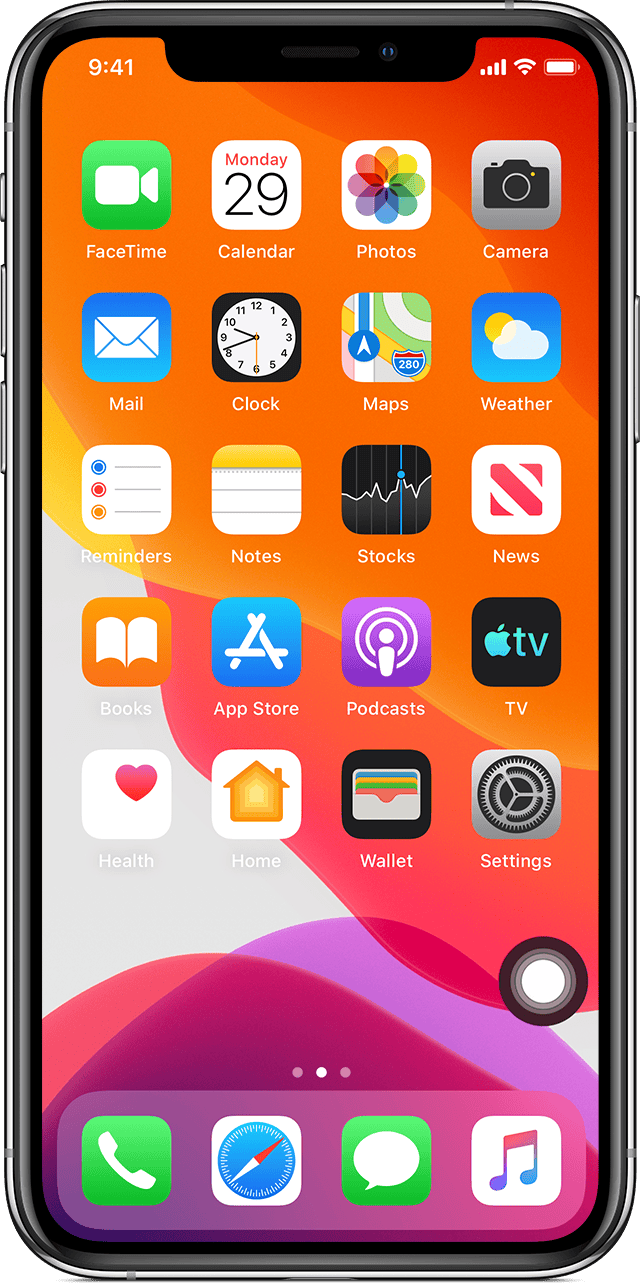
The iPhone XR offered a colorful, affordable option with an LCD display. The iPhone XS and XS Max featured improved OLED displays, faster performance, and dual rear cameras.
2019: iPhone 11 & iPhone 11 Pro & iPhone 11 Pro Max
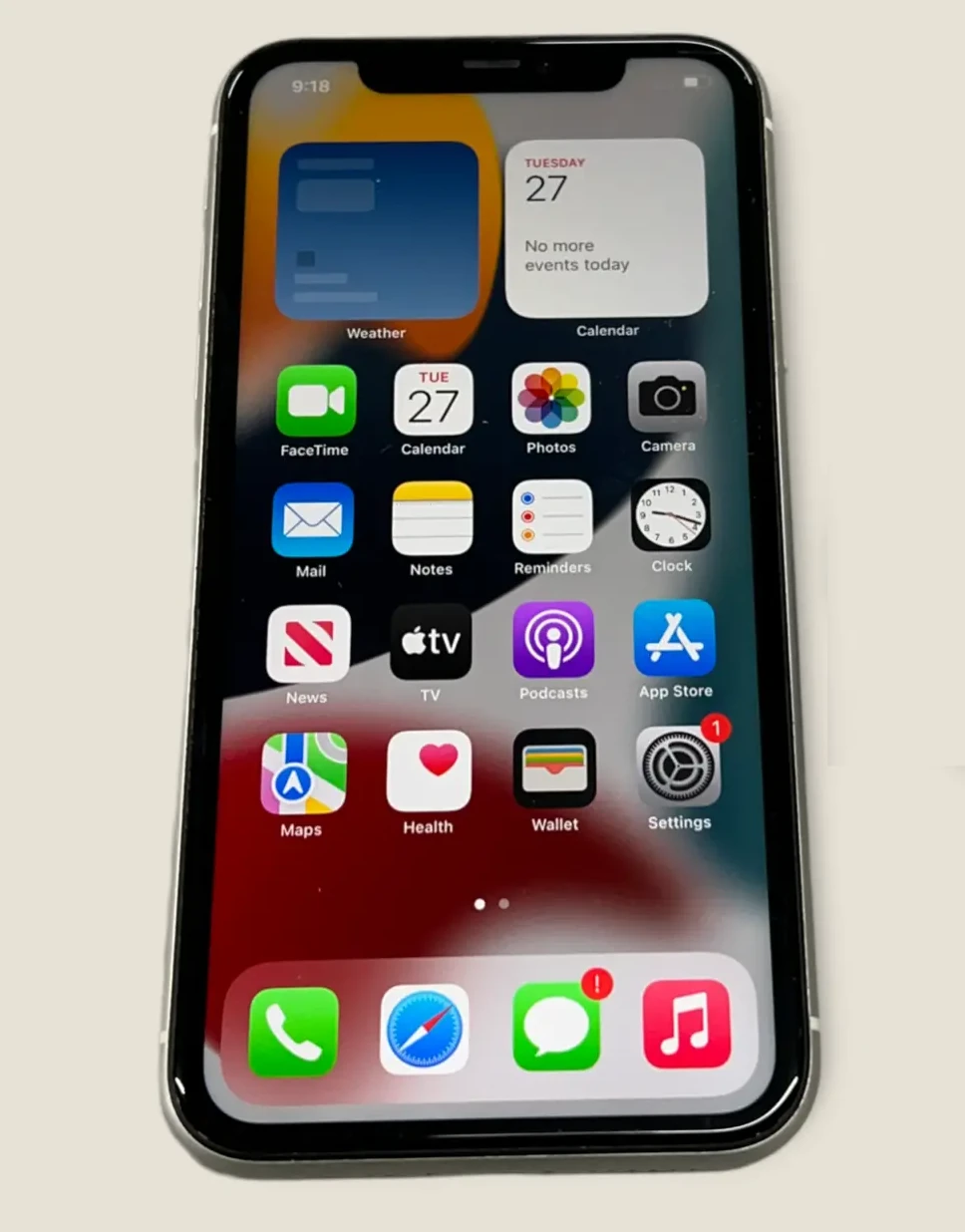
The iPhone 11 lineup introduced a new ultra-wide camera lens, Night mode for low-light photography, and a faster A13 Bionic chip.
2020: iPhone SE (2nd generation) & iPhone 12 & iPhone 12 mini & iPhone 12 Pro & iPhone 12 Pro Max
The second-generation iPhone SE retained the classic design but packed the powerful A13 Bionic chip. The iPhone 12 series brought back the flat-edge design, introduced 5G connectivity, and featured a new ceramic shield for improved durability.
2021: iPhone 13 & iPhone 13 mini & iPhone 13 Pro & iPhone 13 Pro Max
The iPhone 13 lineup refined the design with smaller notches, improved cameras, and a faster A15 Bionic chip. The Pro models introduced ProRes video recording and a ProMotion display with adaptive refresh rates.
2022: iPhone SE (3rd generation) & iPhone 14 & iPhone 14 Plus & iPhone 14 Pro & iPhone 14 Pro Max
The third-generation iPhone SE got a bump in performance with the A15 Bionic chip. The iPhone 14 series featured satellite connectivity for emergencies, camera enhancements, and the Pro models introduced the Dynamic Island, a new way to interact with notifications and alerts.
2023: iPhone 15 & iPhone 15 Plus & iPhone 15 Pro & iPhone 15 Pro Max
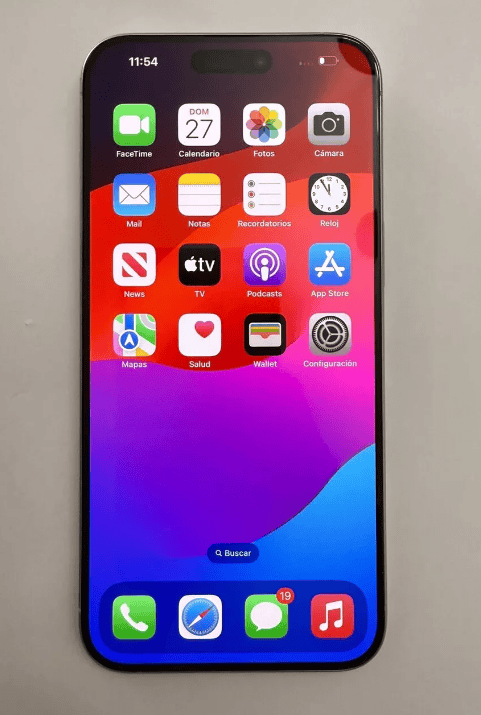
The iPhone 15 series is switched over to a USB-C port (instead of Lightning) and offered typical upgrades we see each cycle with an improved camera and new A17 Bionic chip.
2024: iPhone 16 & iPhone 16 Plus & iPhone 16 Pro & iPhone 16 Pro Max
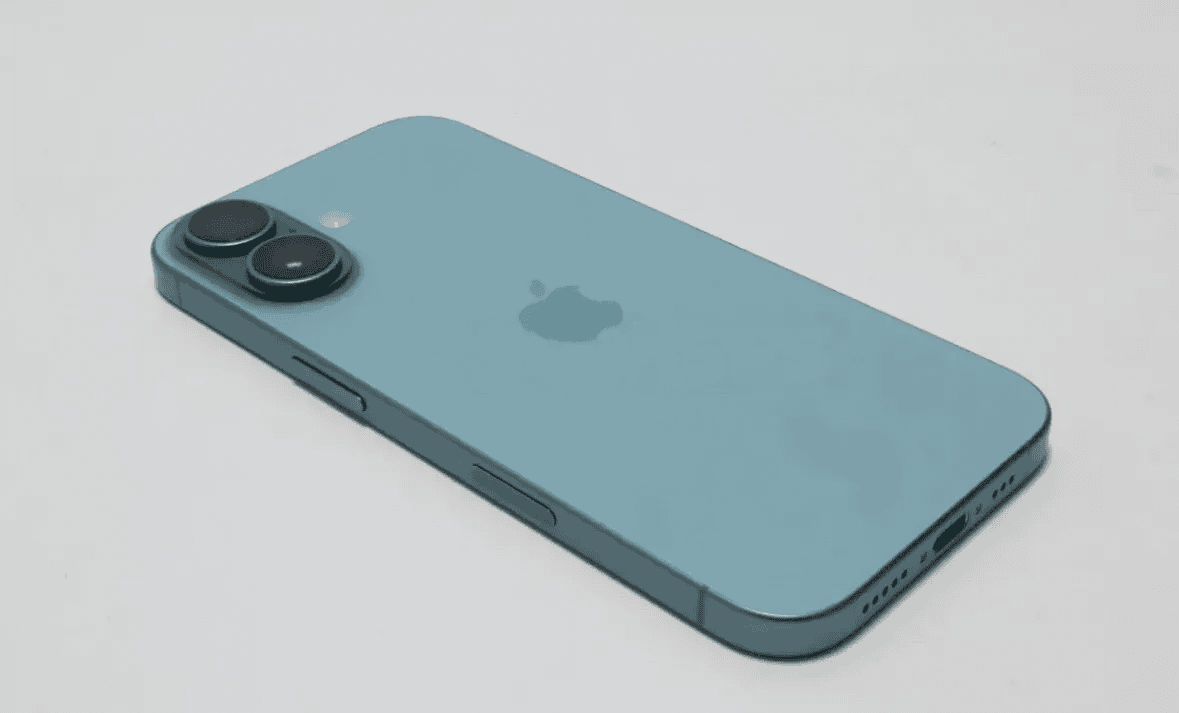
The iPhone 16 and iPhone 16 Plus, released in 2024, continued Apple’s tradition of offering a standard model alongside a larger version. Both phones featured the A18 Bionic chip, promising a significant leap in performance and efficiency. The 16 boasts a 6.1-inch Super Retina XDR display with a 2556 x 1179 resolution, while the 16 Plus offers a more expansive 6.7-inch screen with a 2688 x 1242 resolution. Photography enthusiasts appreciated the upgraded dual-camera system, with a 48MP Main lens for capturing stunning detail and a 12MP Ultra Wide lens for wider perspectives. The phones retained the sleek design language of their predecessors, with a focus on durability and premium materials.
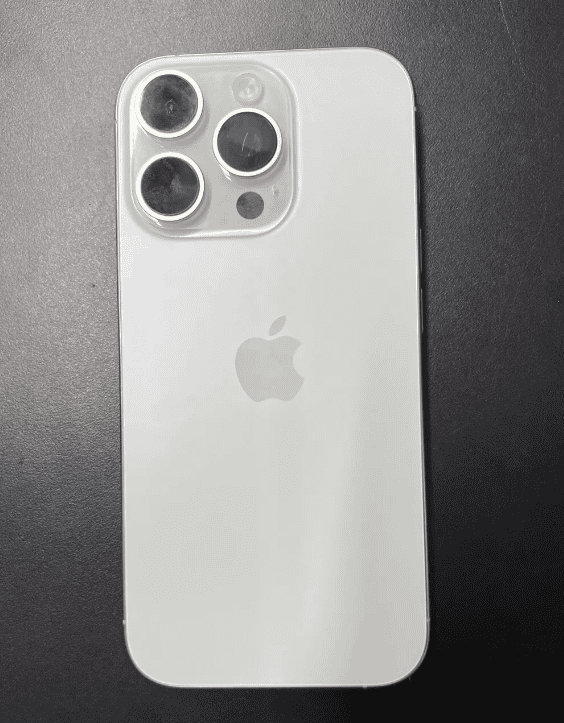
For those seeking a more premium experience, Apple also unveiled the iPhone 16 Pro and iPhone 16 Pro Max. These models sported the even more powerful A18 Pro chip, designed for demanding tasks and graphics-intensive applications. Both Pro models featured a 6.1-inch or 6.7-inch ProMotion display with a 2868 x 1320 resolution, delivering incredibly smooth visuals and responsiveness. The standout feature was the triple-camera system, adding a 12MP Telephoto lens to the 48MP Main and 12MP Ultra Wide lenses found on the standard models. This allowed for greater versatility in photography, from capturing distant subjects to achieving professional-looking portraits. The Pro models also introduced new color options and exclusive features, catering to users who demand the best possible smartphone experience.
2025: iPhone 16e
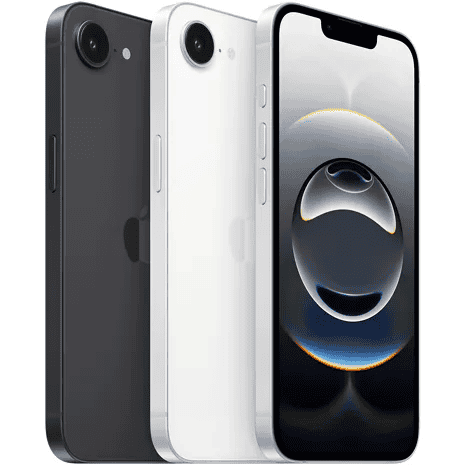
The iPhone 16e, introduced in 2025, marks Apple’s move to offer a more budget-friendly alternative without compromising on essential features. This phone’s release date is February 28, 2025 and is positioned as a budget entry point into the iPhone 16 lineup. The 16e provides a streamlined experience while maintaining Apple’s hallmark design and performance standards. It features a 6.1-inch Super Retina XDR OLED display with vibrant colors and sharp clarity, ideal for everyday use. Powered by the A18 chip, the same processor found in the standard iPhone 16 models, the 16e delivers smooth performance across apps, gaming, and multitasking.
One of the standout features of the iPhone 16e is its 48MP Fusion camera, designed to capture detailed and vibrant photos in various lighting conditions. This is paired with advanced AI capabilities through Apple Intelligence, allowing users to enhance photos, streamline tasks, and enjoy smarter on-device interactions. Despite its lower price point, the iPhone 16e brings next-gen AI integration to a wider audience.
However, in an effort to maintain affordability, the iPhone 16e makes a few compromises. It omits features like MagSafe wireless charging and the “Dynamic Island” display element found in higher-end models. Still, it retains essential iOS functionalities and offers solid battery life, making it a strong choice for users who want an iPhone experience without the premium price tag.
With a starting price of $599, the iPhone 16e strikes a balance between performance and value, providing an accessible option for users who want the core Apple experience paired with modern AI features.
Key Takeaways
- Apple’s iPhone has seen consistent innovation since 2007, influencing user expectations and industry standards.
- Design and technological advancements in each iPhone generation indicate Apple’s commitment to progress.
- The evolution of the iPhone reflects its impact on daily life and the global cultural landscape.
Evolution of iPhone Design and Technology
The history of the iPhone reflects a remarkable journey of innovation, with each generation bringing new design elements and technological improvements that transformed the user experience.
The Birth of the iPhone and Early Generations
Steve Jobs unveiled the first iPhone in 2007. This device laid the foundation with its 3.5-inch screen and the introduction of multi-touch technology. The iPhone 3G and 3GS followed, offering faster data speeds and increased storage.
Advancements in Hardware and Software
Subsequent models saw leaps in processing power with Apple’s custom CPUs and the rollout of iOS, the operating system that enabled new features like the App Store. The iPhone 4 introduced Retina display, and the iPhone 4S brought Siri, a voice assistant.
Innovation in Screen and Camera Technology
Apple continued to enhance display technology, moving from LCD to OLED screens for richer colors and deeper blacks. Camera systems evolved to include 4K video recording, slow-motion video, and improved FaceTime camera capability.
The Introduction of Plus, Pro, and Max Variants
The iPhone 6 Plus marked the start of larger screen options. With the iPhone X series, Apple introduced the ‘Pro’ and ‘Max’ models, offering advanced features and screen sizes up to 6.7 inches.
Emergence of New Features and Connectivity
From the touch-based home button to Face ID, iPhones have adopted new ways to interact with and secure our devices. The addition of wireless charging, improved water resistance, and faster connectivity with LTE and 5G have been key upgrades.
The Advent of High-Performance Models
The iPhone 12 Pro Max and beyond boasted advanced photography with LiDAR and AR capabilities, an always-on display, and the introduction of Dynamic Island, an innovative user-interface feature for the latest models.

